Bluetooth® Low Energy Products
Easy-to-Use Bluetooth Modules and SoCs
Advanced Connectivity and Exeptional Scalability in One IC
Introducing the PIC32-BZ6 MCU family, now available for early access. This powerful MCU is equipped with 2 MB of Flash, 512 KB of RAM and support for Bluetooth, Thread and Matter wireless standards.
It also offers a rich set of peripherals, including touch and graphics, CAN FD and Ethernet. All these features make it a good fit for complex industrial automation, smart building, and automotive applications.
Why Choose Microchip for Bluetooth Products?
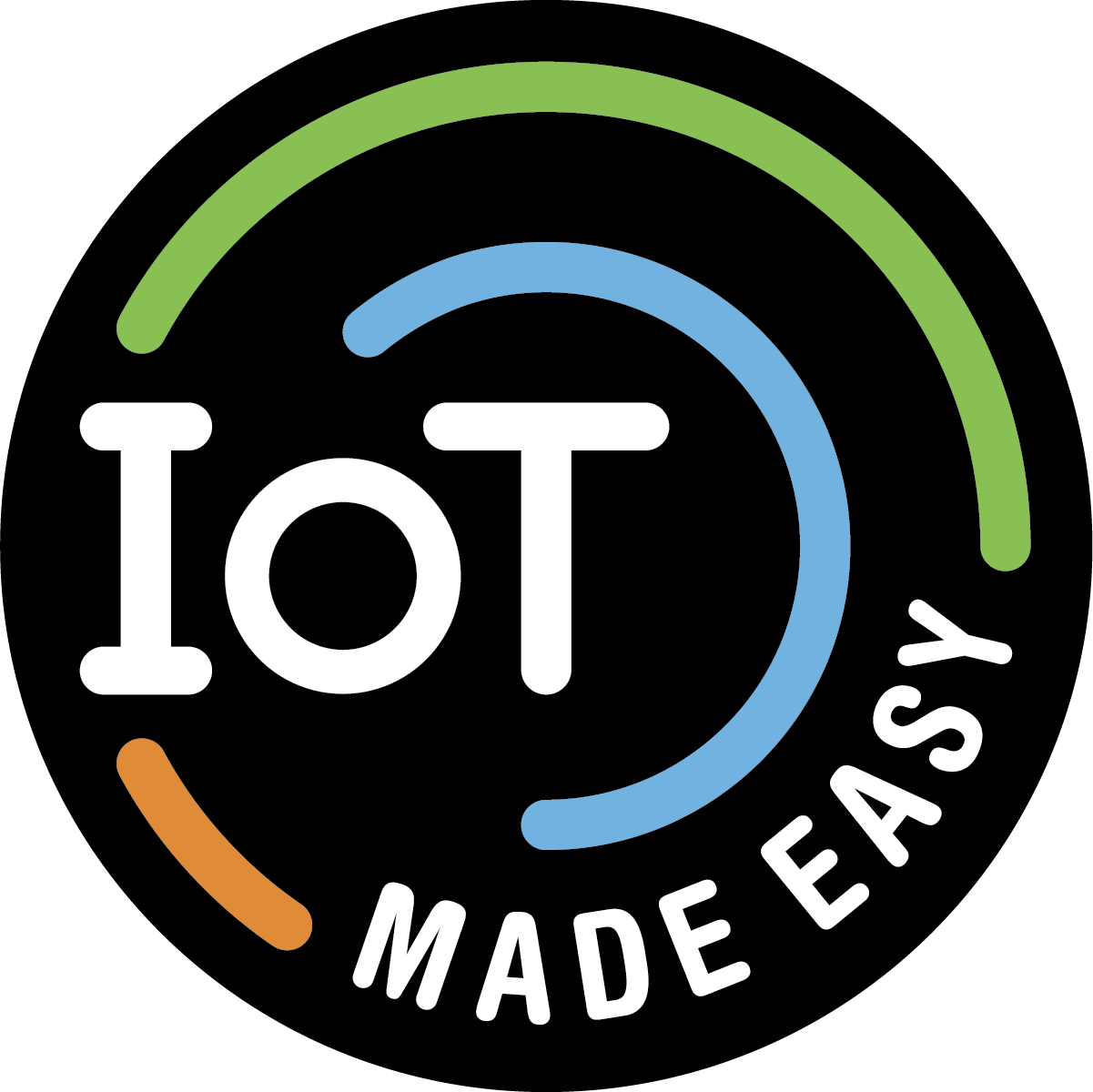
Bluetooth Made Easy
When you choose one of our products, you get more than hardware. We also provide a comprehensive support including demos and design check services.
Robust Performance
Our Bluetooth LE products are built to thrive in tough environments. They are temperature tolerant and provide stable RF performance regardless of the conditions.
Simplified Development
Accelerate time to market with proven reference design packages, regulatory-certified RF-ready modules and support for popular development environments.
Evolving Security
We continuously improve our firmware with additional features and functions while keeping your designs protected from the latest security threats.
Is Bluetooth Right for Your Project?
Bluetooth LE Benefits
To determine if Bluetooth is right for your application, consider the following benefits.
Wide Adoption
Every modern smartphone supports Bluetooth LE. If your application needs to connect to a phone, Bluetooth is the way to go. Example applications include smart home devices, garage door openers and smart sensors.
Range
Although most applications require a shorter range, Bluetooth LE can maintain connections up to around 200 meters. This makes it a good choice for IoT applications.
Maturity
Bluetooth is a mature and well-defined specification, which makes it relatively easy to implement. Building a Bluetooth application from scratch is easy with our building blocks, even if you have no experience with wireless development.
Bluetooth's combination of smartphone connectivity, range and ease of development makes it a popular choice for application designers.
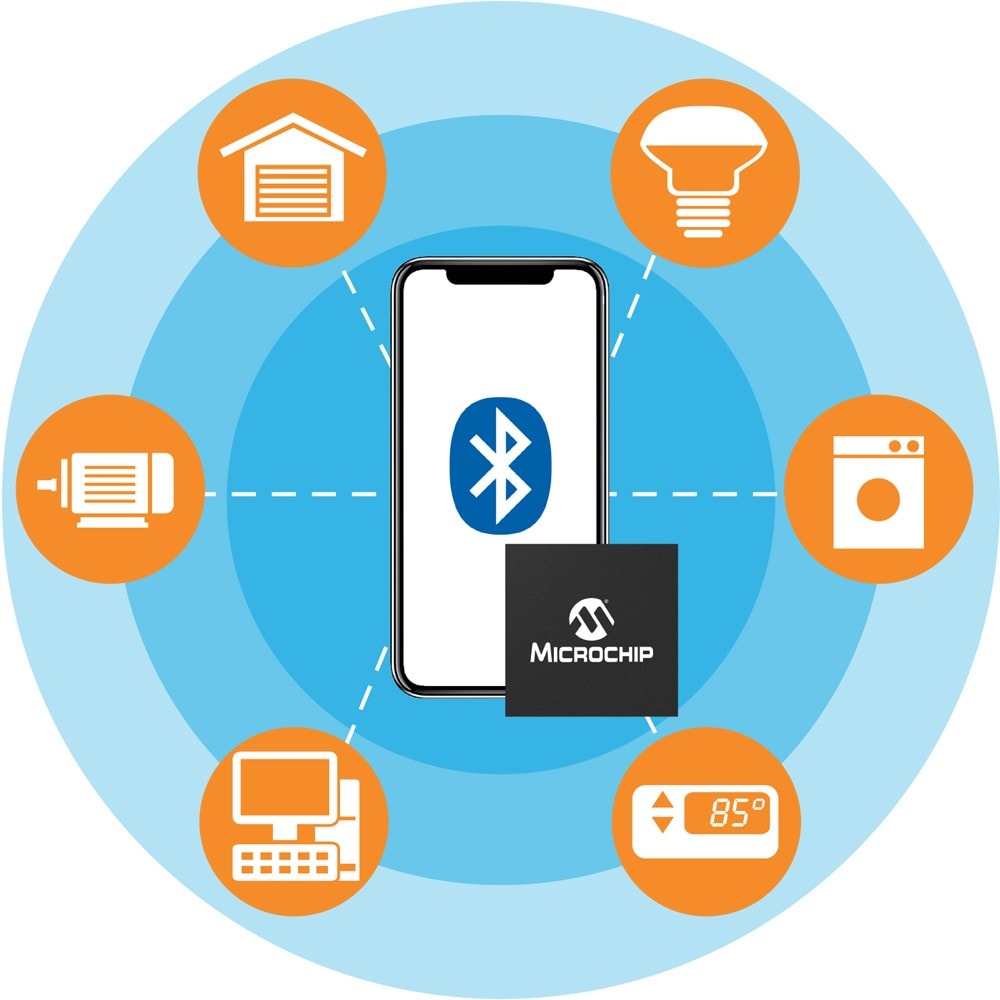
Demo and Evaluation Boards
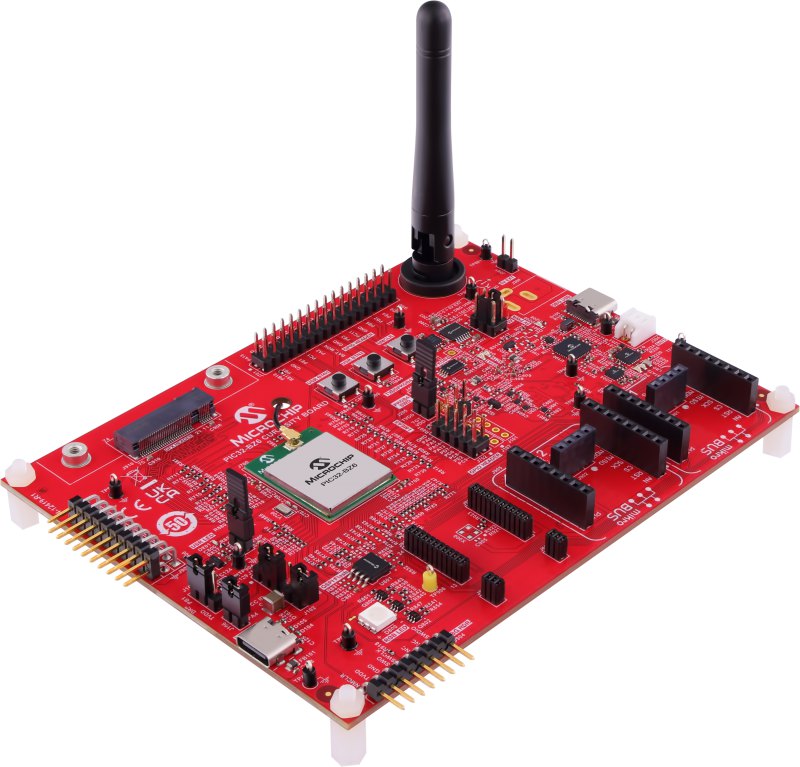
PIC32-BZ6 Curiosity Board enables rapid prototyping with Bluetooth LE, Thread, CAN FD, Ethernet, motor control and touch for smart home, industrial and automotive designs.
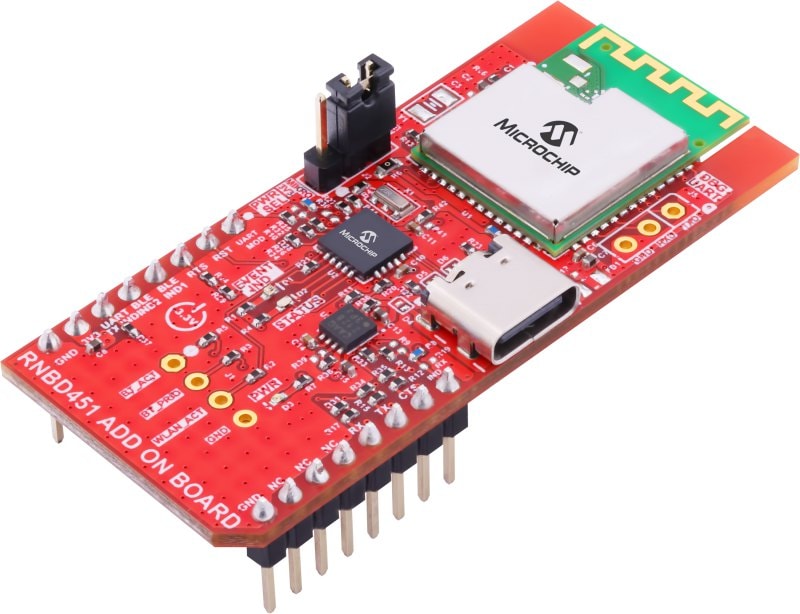
Use the RNBD451 Add-on Board to evaluate the performance of our RNBD451PE plug-and-play, Bluetooth LE modules.
Design Resources
- Application Examples
- Other Resources
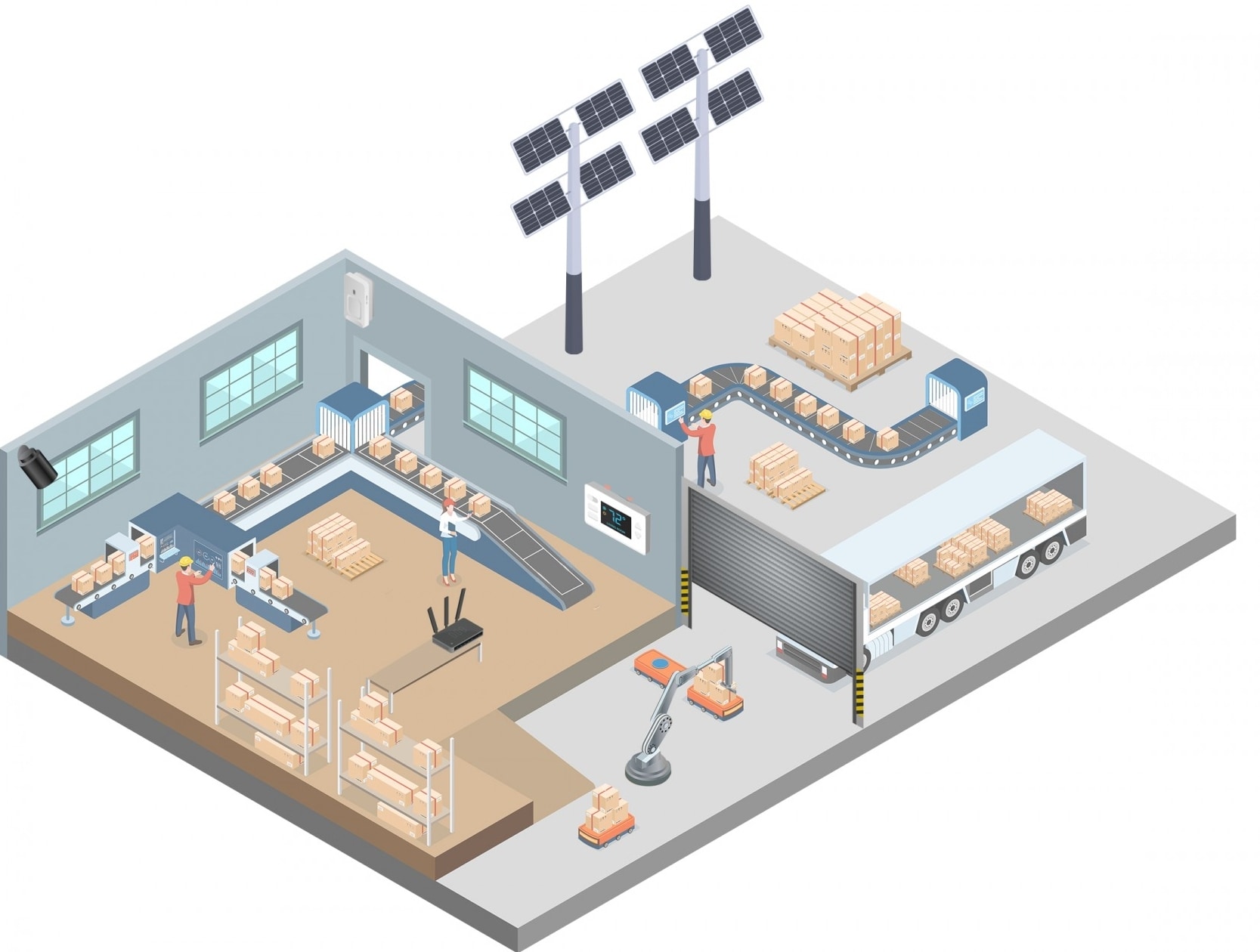
Smart Warehouse
This project showcases the potential of smart environments. Follow this example to build an end-to-end solution including a Thread gateway that connects various IoT devices to the cloud.
AIoT Solutions for Industry 4.0
Harness the power of AI and IoT for industrial environments. The demo collects data via a mesh-based sensor network while controlling a robot arm and reporting data to the cloud.
And Many More
Explore our growing library of application examples, documentation and videos available through MPLAB® Discover.
Bluetooth for Beginners
Build your first Bluetooth application with building blocks, our step-by-step Bluetooth development guide. No wireless experience is required.
MCPRT3 Radio Test Tool
Use this Windows®-based software to test your RF configuration during development, certification and production.
Design Check Service
Our MicroCHECK design service is available at no charge to customers who have selected our wireless devices for their applications.
Mobile Apps
Most Bluetooth applications rely on a smartphone for interface functionality, so mobile apps have become an essential building block in these solutions. To reduce your application development time, we provide the Microchip Bluetooth Data (MBD) application and source code. Use as they are for rapid prototyping or build your own app using our source code as a starting point.
- MBD App
- Source Code
Prototype and Debug
The MBD app is a versatile tool that simplifies developing, testing and debugging Bluetooth LE applications. Its features such as data reading/writing, real-time visualization, Over-The-Air (OTA) firmware updates and detailed logging help ensure your Bluetooth application is working as intended and ready for deployment. |

Build Your Own
Jumpstart your mobile app development using our free source code. These compressed packages include code that provides a foundational framework for developing Bluetooth LE mobile apps. Each package contains installers for Linux®, Mac and Windows® operating systems and includes detailed documentation. |
